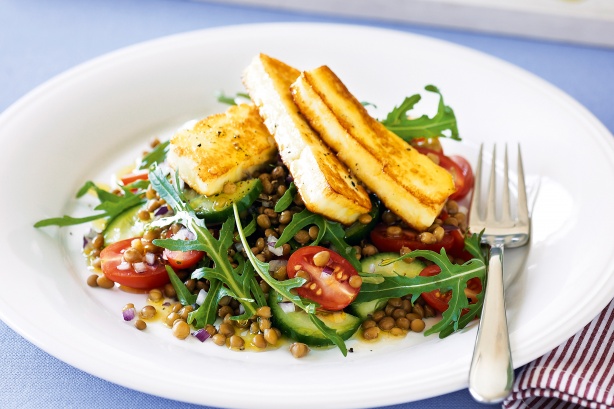I have previously suffered from gout, Is there anything I can do to prevent this from happening in the future?
Gout is a condition that causes pain, inflammation and swelling in the joints. The condition is due to high levels of uric acid in the blood, leading to the deposition of uric acid crystals in the joint tissue. Uric acid is normally a harmless waste product which is produced by the body when it breaks down a substance called purines.
Diets which are high in purines and high in protein have been long suspected of causing and increasing the risk of gout. This is because purine foods increase levels of uric acid in the bloodstream which contributes to gout. Studies show that when purine foods are eliminated from the diet incidents of gout decrease.
Treatment is therefore aimed at controlling uric acid in the blood and involves weight loss where appropriate. Long term goals should be focused on nutrition and reducing susceptibility to recurring flare ups. Although food sources only account for between 10-29% of uric acid in the body diet can reduce levels enough to prevent crystallization.
*This includes reducing/avoiding food high in purines. I.e. offal, herring, mussels, yeast brewers and bakers, sardines, sweet bread, shellfish, mackerel, anchovies, fish roe and game.
*Avoid fried food and food high in saturated fats (most fast foods and pre-packaged ready meals)
*Focus on eating a high fibre mainly vegetarian diet, this help creates a alkaline environment in the body and increasing uric acid solubility and it also helps reduce body fat, as excess weight (obesity) can also raise uric acid levels
*Focus on food low in purines such as rice, millet, avocadoes, green vegetables, goats milk and yogurt, eggs and non-citrus fruits, alpha sprout, celery these all help to clear uric acid.
*avoid crash/ fad/ high protein diets as rapid weight loss can often make gout worse.
*Remember to drink water at regular intervals during the day as this helps the body excrete uric acid
*Eat a variety of berries daily. Cherries, blueberries, black berries, raspberries and hawthorn berries. This is because berries contain anthocyanidins which have potent anti-inflammatory properties which help neutralise excess acidity including uric acid.
*Include omega 3 essential fatty acids found in salmon, seeds, seed oil, walnuts and rapeseed oils, these could help reduce inflammation and may also help prevent further attacks of gout whilst providing the body with essential nutrients.
*Take light aerobic exercise such as swimming/walking this helps increase circulation which helps the body eliminate toxins quicker. Start off gently even 15 minutes a day is of benefit.
*Alcohol should be eliminated or dramatically reduced; beer in particular contains high levels of purines in addition to alcohol.
*Bromelain found in pineapples has a wonderful anti inflammatory effect in the body
Including fresh pineapple could be of great benefit.


